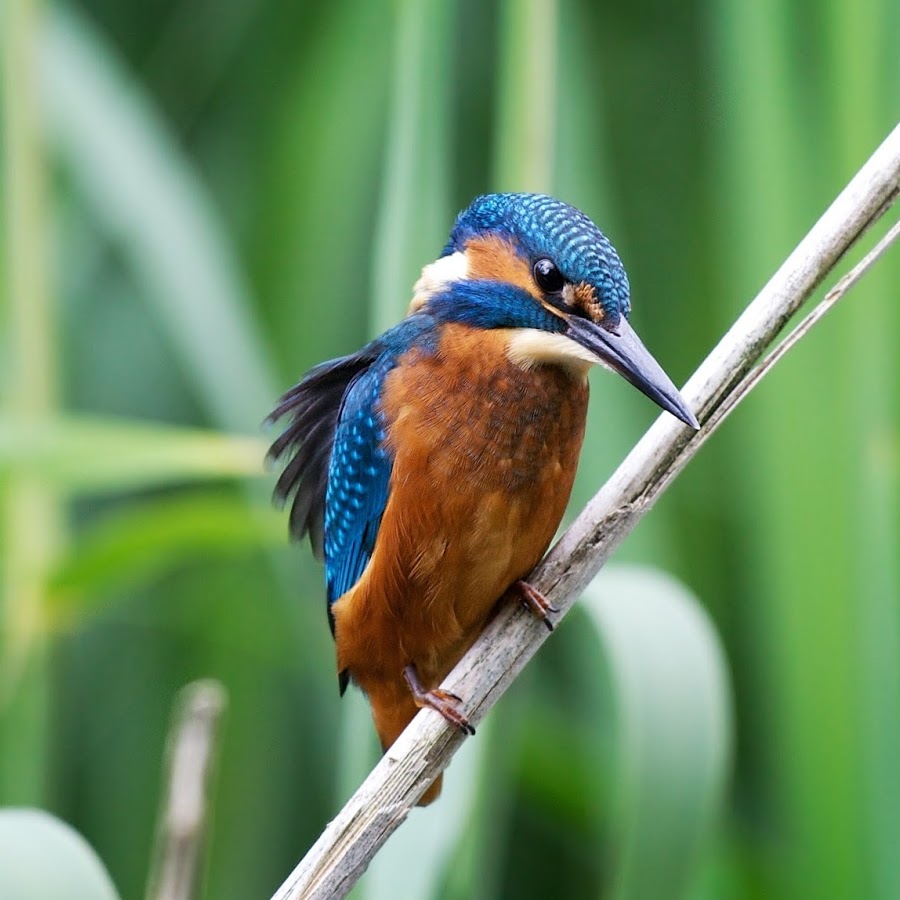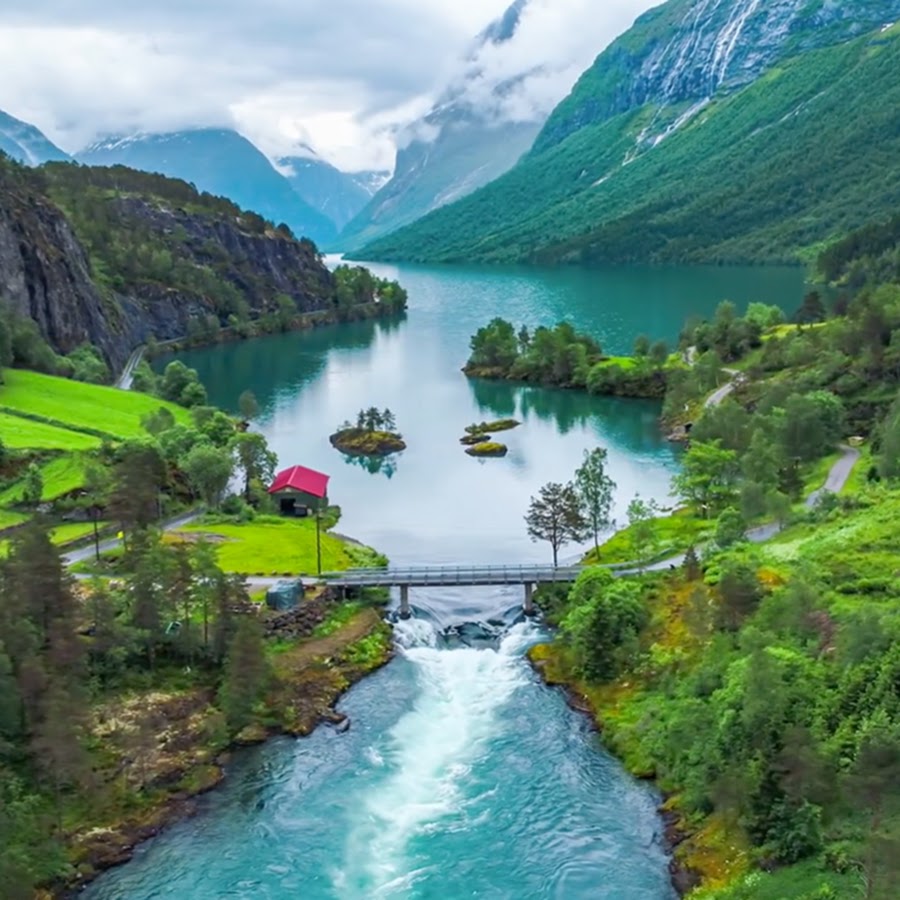Video Player is loading.
2/23
67
views •
June 14, 2020
African Wildlife Documentary | Wild Okavango episode 1

Natural World Facts
0 Followed
In this African wildlife documentary series, Leo travels across the Okavango Delta in Southern Africa in search of the Delta's incredible wildlife. This is part 1 of the series; episodes will be released over time with each one focusing on a different anima, from lions and elephants to cheetahs, we hope you enjoy.
All footage is original and filmed by the NWF team.
Deep at the heart of the great Kalahari lies a lush oasis like no other; a place of astounding beauty home to a great variety of wildlife. The Okavango delta. It is here where we have come to observe the incredible wildlife of Africa from the largest to the fastest.
The Okavango is like nowhere else in the world, a haven of unspoiled natural beauty which has remained unchanged for hundreds of years. The wildlife here is more diverse than anywhere else in Africa, as over 150 species of mammals congregate at the seasonal floodplains in their masses; attracted by the green plants and vast life-giving waterways. Animals like these impalas frequently visit these waterholes to drink, especially in the dry season when water can become much more sparse.
The delta is densely populated by antelope. Great numbers of all different varieties gather to graze on the watered grasses, from herds of leaping lechwes to snorting buffalo. All worthy contenders on the kill list of many predators.
One of the most numerous animal species in the delta are the termites, small invertebrates who makes their homes in the rotting woods of dead trees. Around the wood, they pile up a great monument of soil and sand growing larger as it gets older as more and more material is built up on top.
Many of these termite mounds are abandoned, but other wildlife can often find their own uses for it, like these mongoose who have tunnelled into the monument to make their home. Even leopards are known to inhabit old mounds, seeking shade from the restless sun.
It wasn’t long before we finally encountered the King of the Delta, with his pride of females close by his side. This female here can be seen scratching at an old tree stump. While it may look like she is only playing, this is a very important exercise. She does this in order to keep her claws sharp, so she is ever-ready for the hunt and the tearing of flesh that will inevitably follow. It is also known to keep the claws clean and free from infection.
This particular stump appeared well-worn; it seems this pack frequented this spot, according to our guide Jakes who knew the area well.
This pack was readying for a hunt. The females appeared restless, while the male gathered strength in the shade.
OUR WEBSITE: http://goo.gl/Ngj5V6
TWITTER: http://goo.gl/U4T8JX
Show All 
Comment 0











